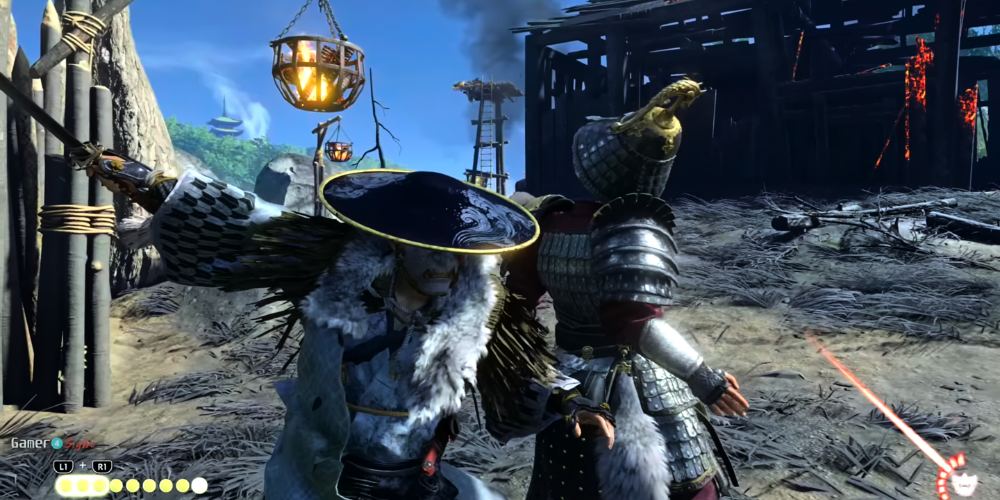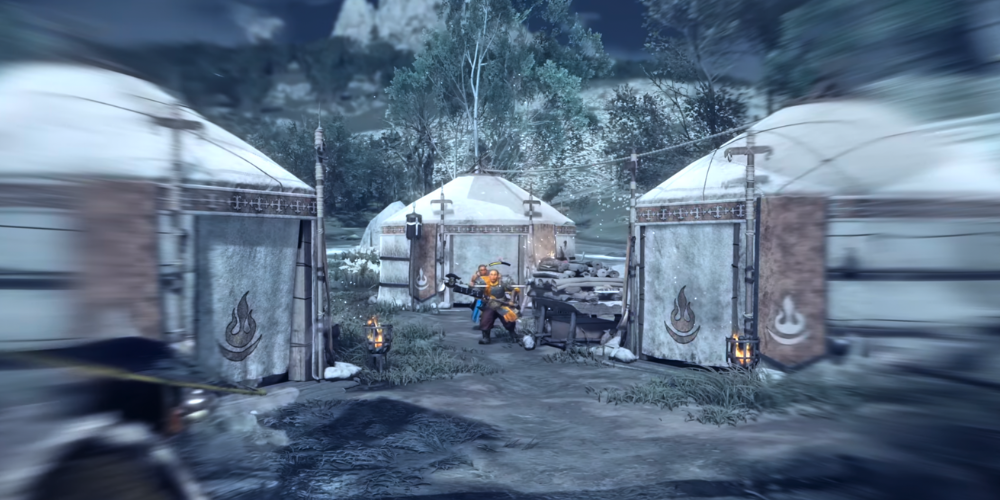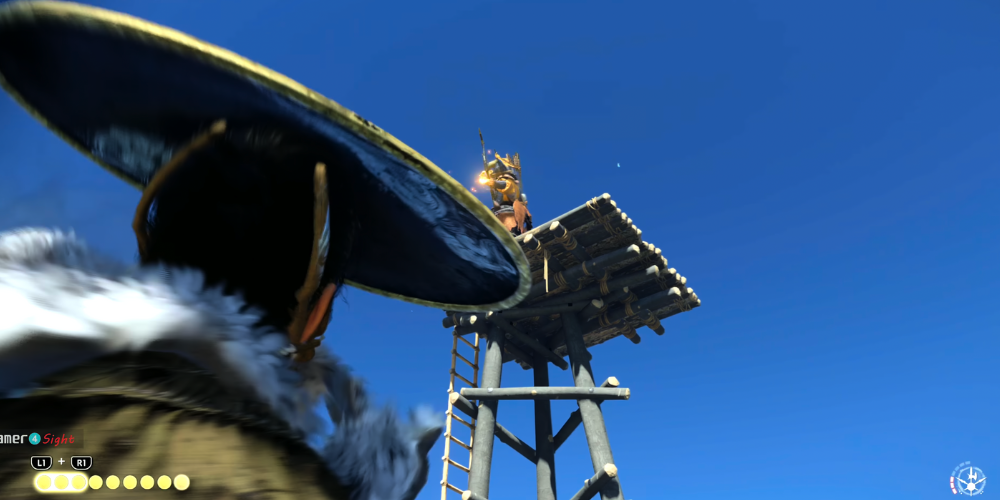The Way of the Samurai: Historical Influences and Authentic Details in Ghost of Tsushima’s Design
- 211

In recent years, the video game industry has seen numerous titles that not only entertain but also educate and immerse players in historical contexts. Ghost of Tsushima, developed by Sucker Punch Productions, is a standout example of this trend, artfully merging entertainment with a deep respect for historical detail. This article delves into the various aspects of samurai culture and the historical accuracies that Sucker Punch integrated into the game’s design, providing players with a rich, immersive experience that respects the complexity of Japan’s history.
The Historical Setting of Ghost of Tsushima
Ghost of Tsushima is set in the late 13th century during the first Mongol invasion of Japan, focusing specifically on Tsushima Island. This period was crucial in samurai history, encased within the broader era of the Kamakura Shogunate, characterized by military governance by the samurai class. The choice of this era is significant, as it represents a time when the samurai code (bushido) and martial prowess were of utmost importance in Japan.
The Mongol invasion itself is a pivotal event in Japanese history. In 1274, Kublai Khan sent a massive fleet to subjugate Japan, starting with Tsushima. The game developers made painstaking efforts to portray this historical event with an accuracy that serves both as an educational tool and as a backdrop for epic narrative exploration. Elements such as Mongol tactics, weapons, and attire have been carefully researched and depicted, adding layers of authenticity to the storyline.
Samurai Culture and Bushido

The concept of bushido, or the way of the warrior, is central to the samurai way of life and is intricately woven into the fabric of Ghost of Tsushima. Bushido emphasizes virtues such as honor, courage, and loyalty—traits that protagonist Jin Sakai must grapple with throughout his journey. The game’s portrayal of these struggles provides a window into the internal conflicts faced by samurai who were torn between duty to their lords and personal moral beliefs.
The game does not merely showcase samurai in combat but also explores their roles as stewards of the land. This is reflected in Jin’s interactions with other characters and his involvement in disputes that affect the local villagers, demonstrating the broader societal role of the samurai beyond the battlefield.
Art and Architecture in Tsushima
Visually, Ghost of Tsushima is a testament to the rich aesthetic of feudal Japan. The game developers employed extensive research to accurately depict the Japanese architecture of the era, especially concerning samurai fortresses. These structures are characterized by their strategic locations, robust defensive features, and the minimalist elegance that is quintessentially Japanese.

The landscapes and interiors are infused with traditional Japanese design elements: sliding doors, tatami mats, and woodblock prints. Even the natural environment, including sprawling bamboo forests and tranquil Zen gardens, is rendered in stunning detail, reflecting the deep appreciation samurais had for nature—an aspect profoundly intertwined with the philosophical and aesthetic dimensions of their culture.
Weaponry and Armor
The authenticity of the weaponry and armor used in Ghost of Tsushima reflects meticulous research and dedication to historical accuracy. Samurai armor, or yoroi, was designed to be both functional and ceremonial, featuring lacquered plates held together by colorful silk cords. The game carefully replicates these designs, alongside the weapons such as katanas and the tanto blade, adhering closely to historical specifications in terms of form and ornamentation.
Moreover, the game accurately portrays the crafting techniques that went into weapon-making, which was considered an art form. The blacksmith’s role in the game is not only to provide Jin with better equipment but also to serve as a historical commentary on the importance of metallurgy and craftsmanship in samurai culture.
Religious and Philosophical Elements

Buddhism and Shinto, two prevailing religions in feudal Japan, play significant roles in Ghost of Tsushima. Shrines and temples are common in the game’s landscape, serving as places of solace where Jin can meditate or reflect—a practice true to the samurai who often sought spiritual as well as physical discipline.
The philosophies of these religions, including the dichotomy between bushido and Zen Buddhism’s concepts of impermanence and self-discipline, are explored in the narrative, making Jin’s journey not just a physical one, but also a spiritual quest. This perspective is vital for understanding the moral and ethical dilemmas that the character faces, mirroring the real historical struggles of the samurai to balance martial duties with personal enlightenment.
Conclusion: A Bridge between Worlds
Ghost of Tsushima is much more than just a game. It is a bridge between the past and present, inviting players to not only experience the life of a samurai but also to understand the rich culture and turbulent history of feudal Japan. Through its carefully crafted design, Sucker Punch has created a world that respects and honors the samurai code, offering an engaging, immersive, and educational experience that resonates with both gamers and history enthusiasts alike.